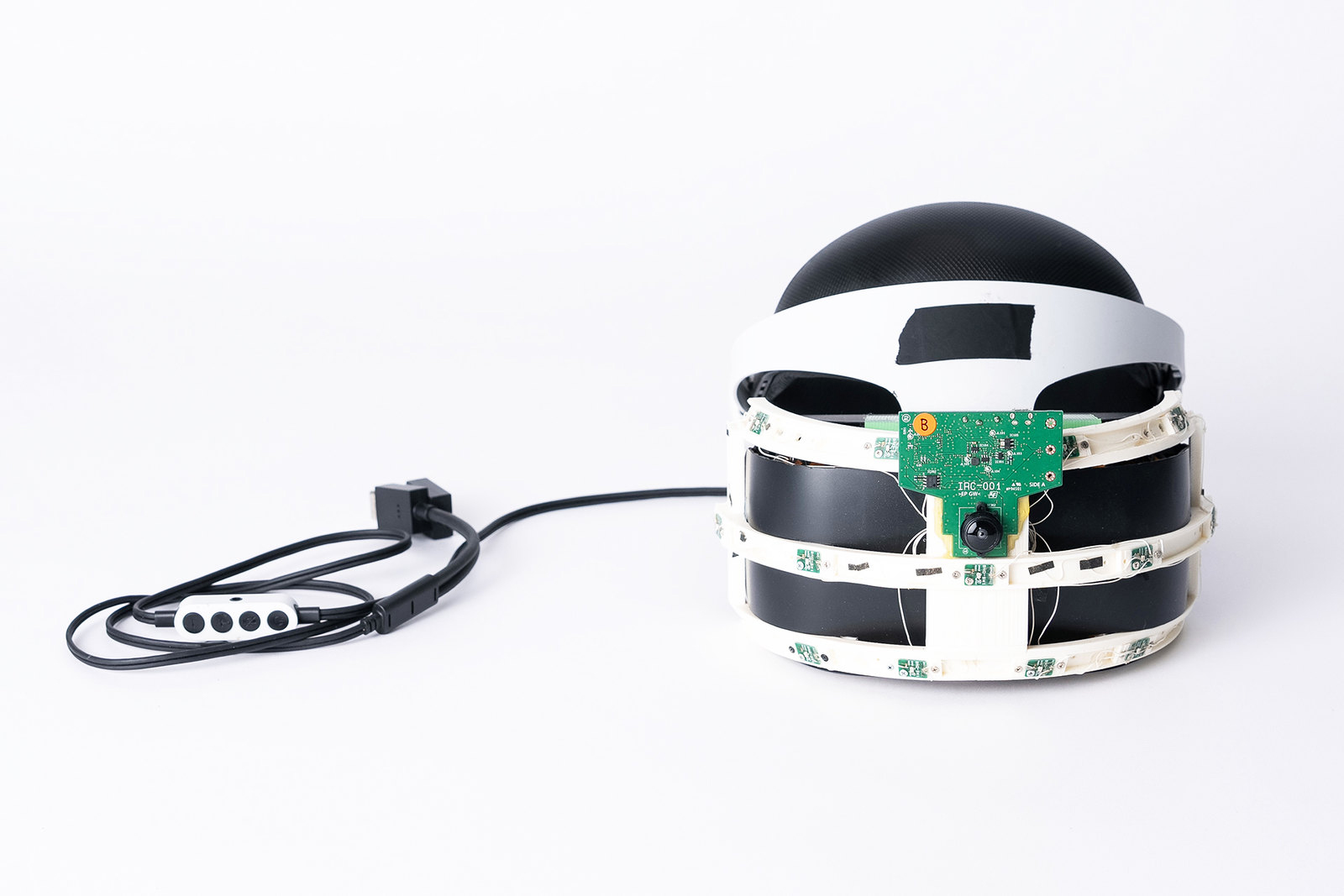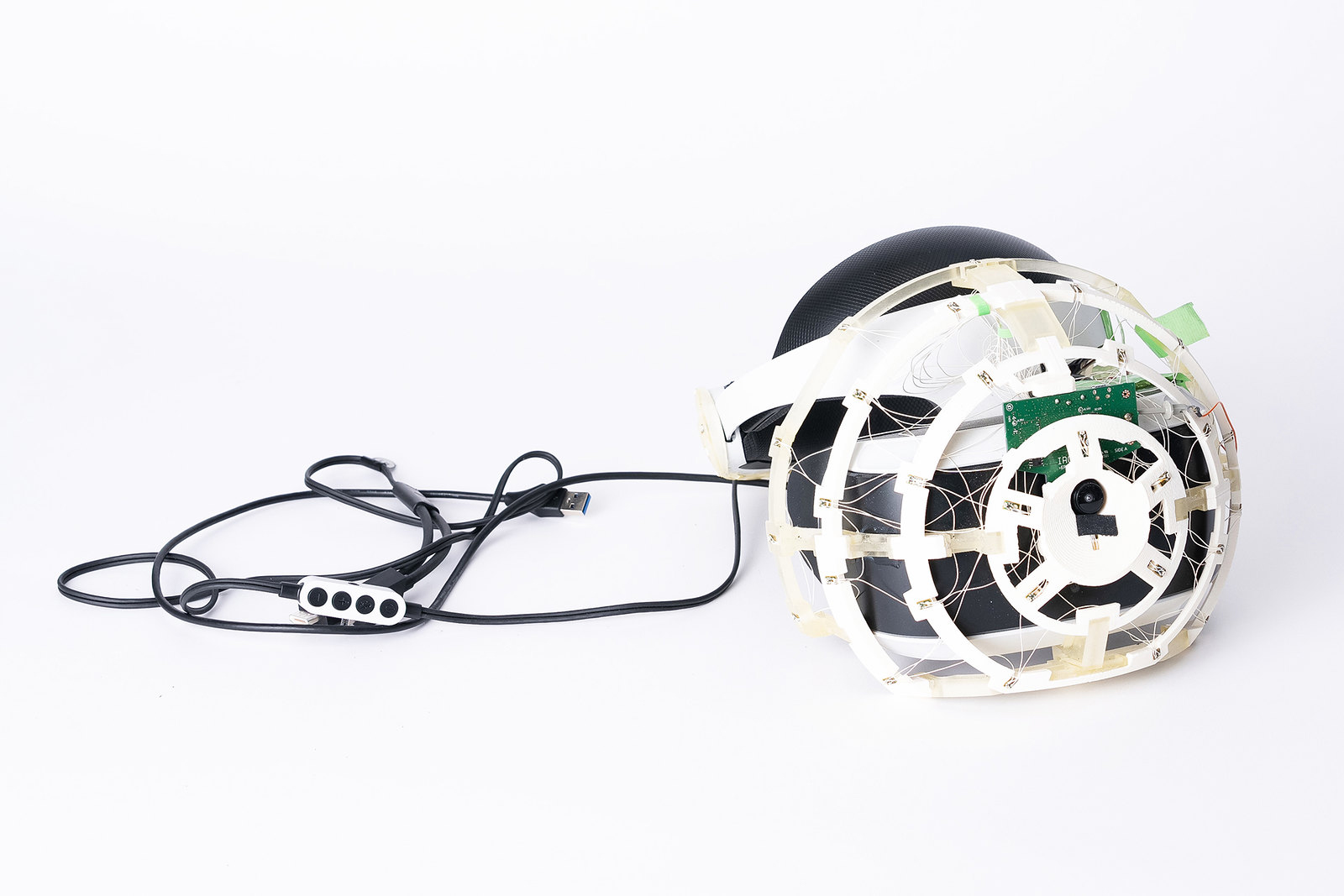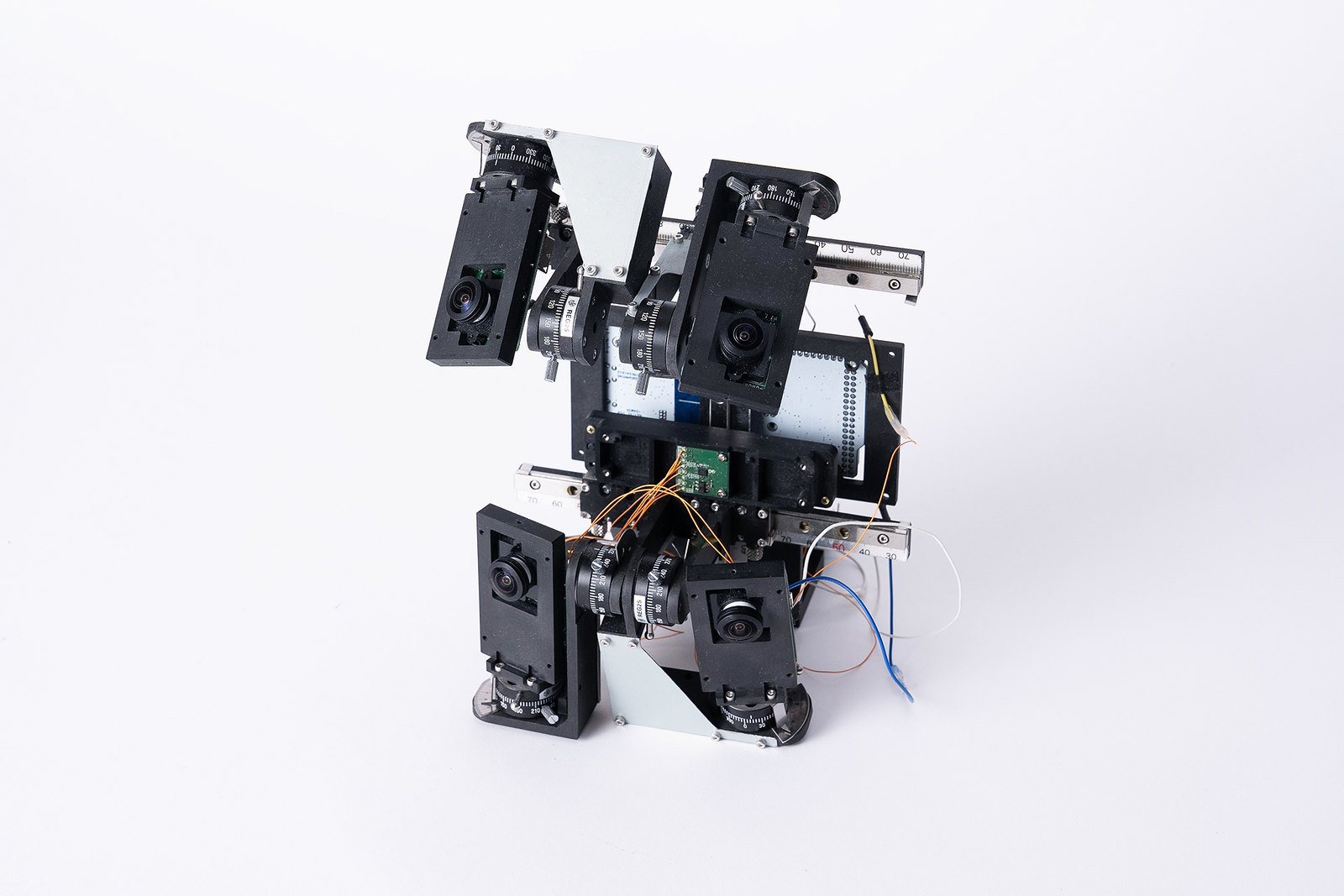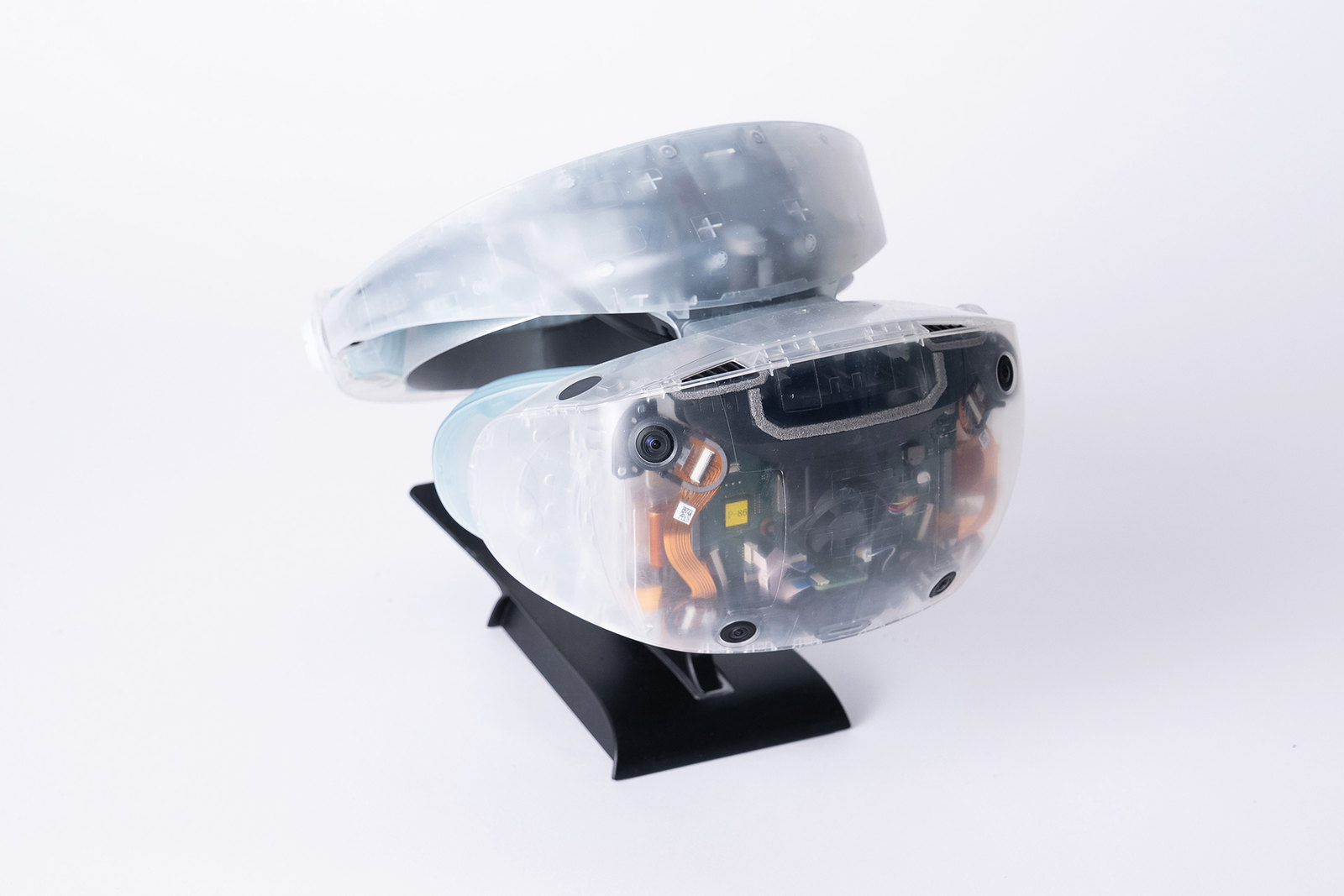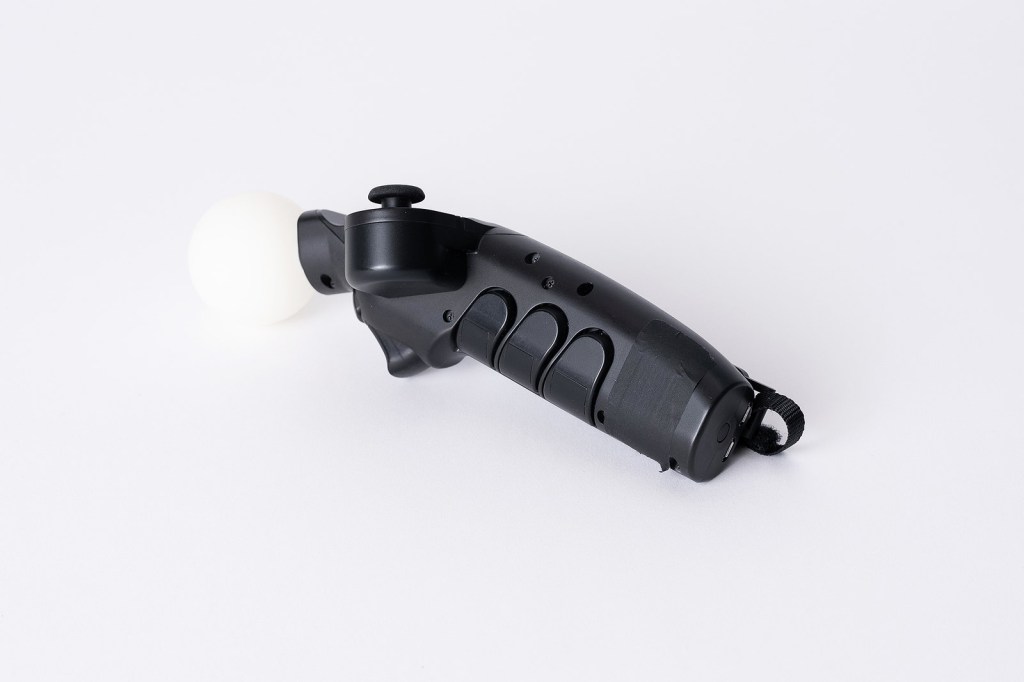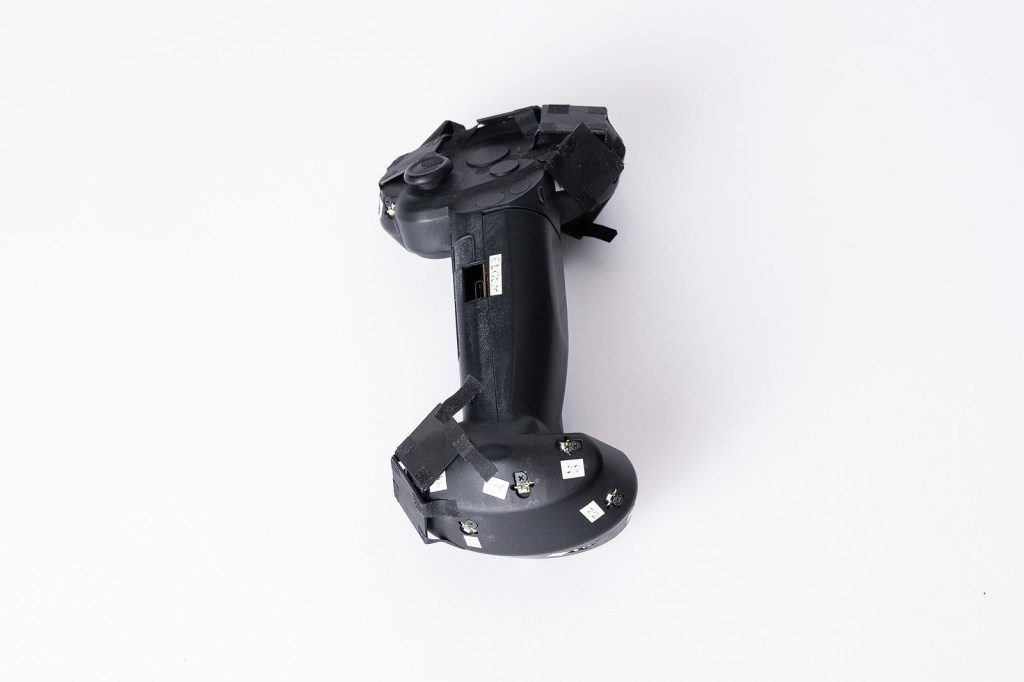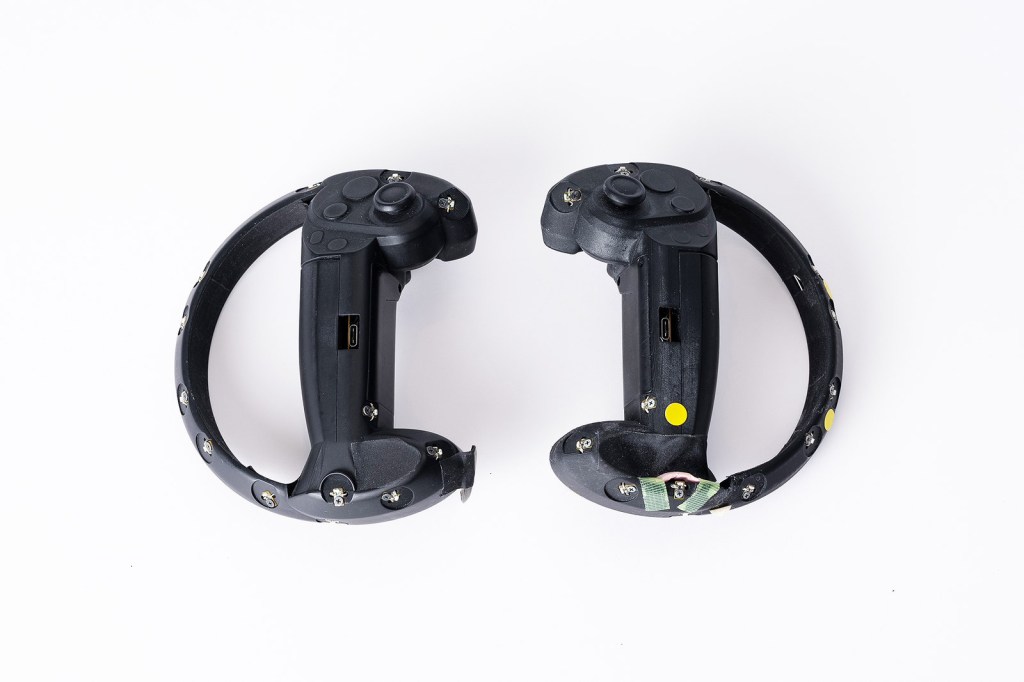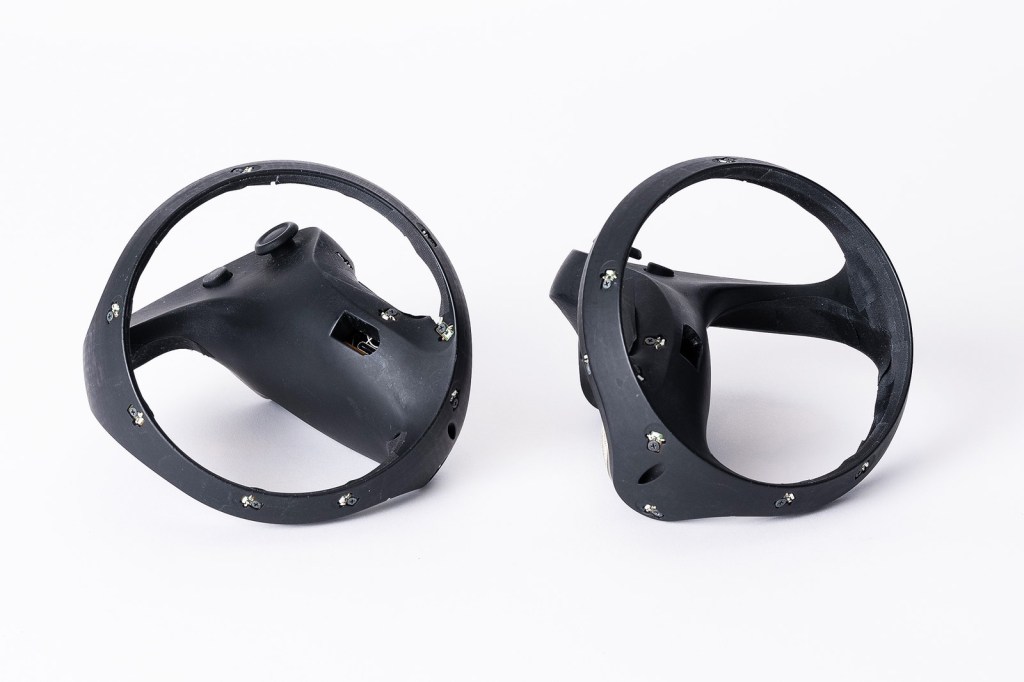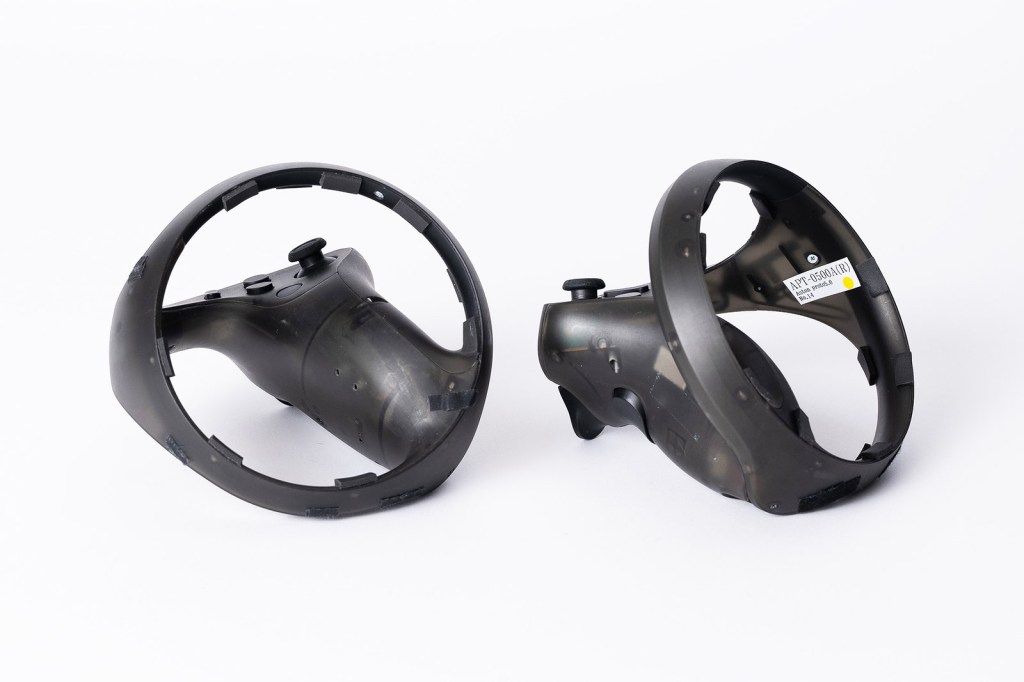PlayStation VR2 is a slick piece of hardware, especially when compared to its predecessor. It’s got multiple cameras, one wire, and more ergonomic controllers that were made for the headset (and weren’t holdovers from some other peripheral). All of these improvements were the product of careful iteration, as shown by all the PSVR2 prototypes Sony has just unveiled.
Some PSVR2 prototypes are comparatively rough
Sony released a lengthy and detailed report on these early designs on the PlayStation Blog and it was broken up into two sections: one for the headset and one for the controllers. The headset itself went through a number of iterations, and the post goes through seven of them.
Sony started this process in 2016 — the same year the first PSVR launched — and the prototypes began the following year. Finding out how to implement tracking and what kind of cameras to use seemed to take up a bulk of development. The first two prototypes appeared to just be some form of PSVR but with a camera on the outside and infrared trackers on it, both of which used outside-in tracking like the first PSVR (which is when an outside source like a camera tracks the headset).
The third prototype, while it did use the PSVR shell, was to test inside-out tracking, which is when the headset tracks its environment and is what PSVR2 uses. It even has the four cameras somewhat near their location on the final headset. The fourth prototype, as silly as it looked, had all sorts of cranks and dials on it to help the team figure out exactly where the cameras should go and how they should be angled. The fourth one has a more recognizable front shell but also a mess of wires and chips on it, as it was before the system-on-chip was implemented that integrates all multiple components.
Product manager Yasuo Takahashi also ran through various tidbits about the development. Functionality and comfortability were key aspects and the engineers had to find a balance between weight and durability during these various stages. Eye tracking was also a big feature the team wanted to pursue in order to push boundaries, and Takahashi mentioned how it was difficult to accommodate people who needed glasses or had different iris colors. The inclusion of the headset rumble was particularly quite strange, as it started by attaching a DualShock 4 rumble motor to the headset, which led to solid early results.
Research for the controllers also began in 2016 and prototyping started the next year, too. The team had to find out how many buttons it needed and how the touch detection, adaptive triggers, and haptic feedback would work. And similar to how early headset prototypes used PSVR tech, the first controller used the Move’s orb for tracking (which might be difficult to see on that light background).
The next set of pads had IR LEDs that were first where the grips are, but then they got put into the outer ring as that got introduced. Fitting everything into a smaller shell was a bigger problem, as some of the prototypes were far too big to comfortably hold for most people. The adaptive triggers, for example, are not the same exact ones in the DualSense and are just a bit smaller. Takahashi said the engineers had to work hard to slim it all down.
“Our goal was to balance the weight and center of gravity to make the controller easier to grip and hold for longer gameplay sessions,” said Takahashi. “We conducted extensive prototyping and user testing in order to achieve a comfortable fit. It was not enough to simply piece the components together; we had to make drastic changes to the internal structure. The next prototype is close to the final product, but the fit is not yet fully optimized.”
Developers gave input along the way on the number of buttons and other bits about tracking that might be more relevant to gameplay (like reaching to your back to grab an arrow, which might obscure the controller). The tracking camera on the headset was also adjusted based on feedback from certain developers in PlayStation Studios, showing that this was quite a collaborative process.

